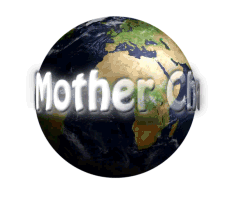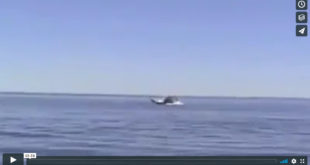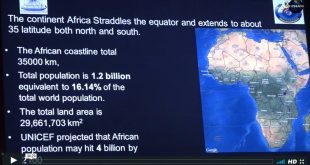In an exclusive interview with Mother Channel, Assoc. Prof. Colin Attwood from the Dept. of Biological Sciences, UCT speaks about his focus on Marine Ecology, Conservation and Fisheries which involves inter alia, the evaluation of the role of marine protected areas in conservation and fisheries, monitoring and assessment of coastal fish stocks, particularly recreational fisheries, as well as the management of multi-species trawl fisheries, in and around South Africa’s oceans and coastlines.
With reference to your question on the state of fishdom and stocks in South African oceans, there being about 2000 odd species of which approximately a third, i.e. 700-800 are caught by the various fisheries around our coastlines, many being ‘targeted catch’ and others termed as ‘incidental’ or ‘bycatch’, with the fortunes of those species being quite variable, some being sustainably managed with others showing very worrying declines.
Giving a broad outline of the current situation, the big commercial stocks offshore are heavily exploited, but generally well managed, in particular, Hake which has been quite stable in the last two decades with the maximum sustainable yield at 30-35%. The empirical evidence in terms of data capturing and monitoring of the hake population stocks seems to be working well as the catches have been stable now for decades, however, there is always room for improvement, i.e. there are two different species of hake (not easily identified at sea), we don’t fully understand the life history of hake and are not sure whether the stocks are shared with Namibia or not – these being some of the uncertainties around the hake stocks in South African waters. In contrast, many of the other fish populations are in a much worse condition.
Other large commercial fisheries would include the small pelagics, e.g. anchovy and sardines, being much more short-lived than most, making them very variable in terms of fortunes. Being lower down in the food chain, they get hammered by other predators as well making the system a lot more complex and being closer to bottom of the food chain, where environmental factors would affect productivity, they are much more susceptible to changes from the bottom up, although history does show fluctuations in their stock levels and there have been collapses in the past, however, through good management they have rallied and are relatively steady as a species today.
Keep watching this interview for more on Fisheries recruitment, Fish species Concerns and Threats, Trawling, Bycatch Threats and Impacts, Poaching, Fisheries Act and more….
Links:
UCT~Biological Sciences Dept.
Dept: agriculture, forestry & fisheries, Rep. of SA
WWF~Bycatch & Threats
Wageningen Univ. & Research~Discards
Fish for Life
**RETRACTION NOTICE**
We would like to apologize for the incorrect spelling of Prof. Colin Attwood’s name in use on this video clip. We are unfortunately, unable to amend the main banner on the edited version of this clip at this time, as we currently have a backlog of camera footage to render, however, please note that we will ensure the correction of this typographical error at the earliest time.
**END NOTICE**
 Mother Channel Environmental, climate change news and media.
Mother Channel Environmental, climate change news and media.



